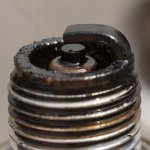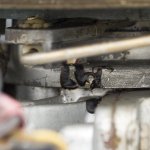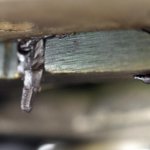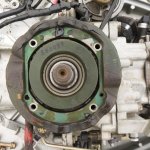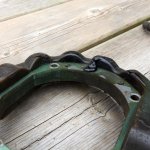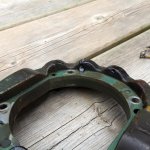James ion Canada
Member
Greeting everyone.
I have a new-to-me E115TLCIM that seems a little rough in the mid-range and idle.
Once the boat is up on plane the engine seems to sing just fine.
I have some experience with automotive engines but this is my first two stroke
marine engine.
I have a sixty second video of starting and idle posted here: https://youtu.be/zATUcmqnbcU
Maybe you will tell me it is running acceptably and maybe you will see a problem.
I will try and answer any questions to the best of my tools and ability.
Thanks in advance!
James
I have a new-to-me E115TLCIM that seems a little rough in the mid-range and idle.
Once the boat is up on plane the engine seems to sing just fine.
I have some experience with automotive engines but this is my first two stroke
marine engine.
I have a sixty second video of starting and idle posted here: https://youtu.be/zATUcmqnbcU
Maybe you will tell me it is running acceptably and maybe you will see a problem.
I will try and answer any questions to the best of my tools and ability.
Thanks in advance!
James


